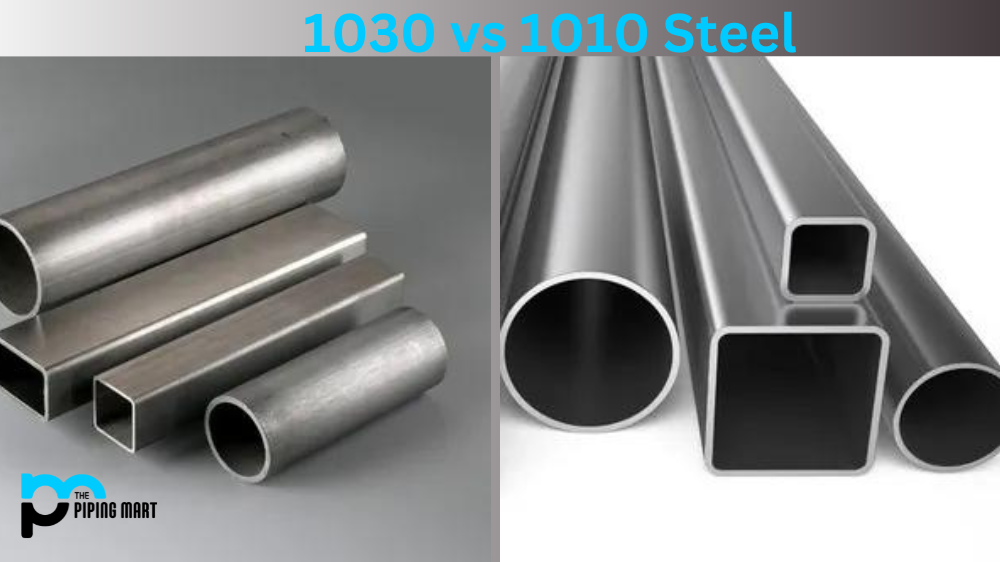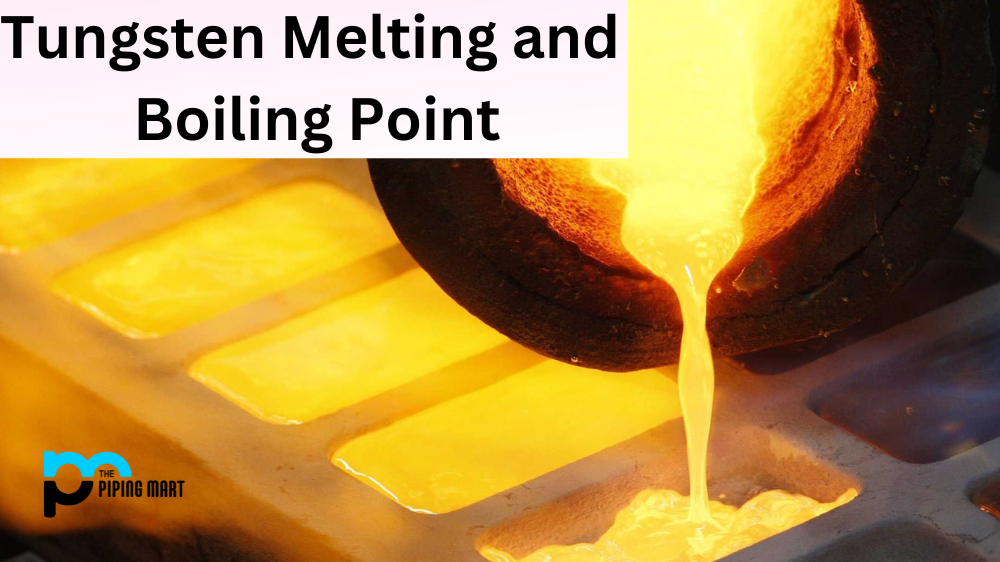Steel is essential in many industries, and choosing the right type for your project is crucial. Two common types of steel are 1030 and 1010 steel. Both of them have distinct properties that make them suitable for different applications. In this blog post, we’ll compare 1030 vs 1010 steel to help you decide when to select the right one for your project.
Difference Between 1030 and 1010 Steel
Chemical Composition
The chemical composition of 1030 steel consists of 0.28-0.34% carbon, 0.6-0.9% manganese, and 0.05% max sulfur and phosphorus. On the other hand, 1010 steel has a composition of 0.08-0.13% carbon, 0.3-0.6% manganese, and 0.04% max sulfur and phosphorus. The higher carbon content in 1030 steel gives it higher strength and hardness than in 1010 steel.
Mechanical Properties
Regarding mechanical properties, 1030 steel has a tensile strength of 64-84 KSI, while 1010 steel has a tensile strength of 43-72 KSI. Additionally, 1030 steel has a higher yield strength than 1010 steel. However, 1010 steel is more ductile and has better cold-forming properties than 1030 steel, making it easier to manufacture parts.
Welding and Machining
1010 and 1030 steel are excellent for welding but require different welding methods. 1030 steel requires preheating and post-weld heat treatment to avoid cracking and distortion, while 1010 steel does not need additional heat treatment. Regarding machining, 1010 steel is more accessible to machines than 1030 steel due to its lower hardness.
Applications
Due to its higher strength and hardness, 1030 steel is commonly used in applications that require high-strength components such as axles, shafts, and gears. On the other hand, 1010 steel is used in applications that require excellent cold-forming properties, such as automotive parts, washers, and springs.
Cost
In terms of cost, 1010 steel is less expensive than 1030 steel. This cost difference is due to the higher carbon content and other alloying materials used in 1030 steel. Therefore, if your project requires high-strength components and the cost is not an issue, 1030 steel might be the right choice.
Conclusion
1030 vs 1010 steel is debated among manufacturers and engineers in different industries. Both of them have specific properties that make them suitable for other applications. If you need steel for higher strength and hardness for your project, 1030 steel is your best bet. But if you need steel that is easier to work with and less expensive, go for 1010 steel. Knowing the difference between these two steels will help you make sound decisions and achieve the outcome you desire for your project.

A passionate metal industry expert and blogger. With over 5 years of experience in the field, Palak brings a wealth of knowledge and insight to her writing. Whether discussing the latest trends in the metal industry or sharing tips, she is dedicated to helping others succeed in the metal industry.




